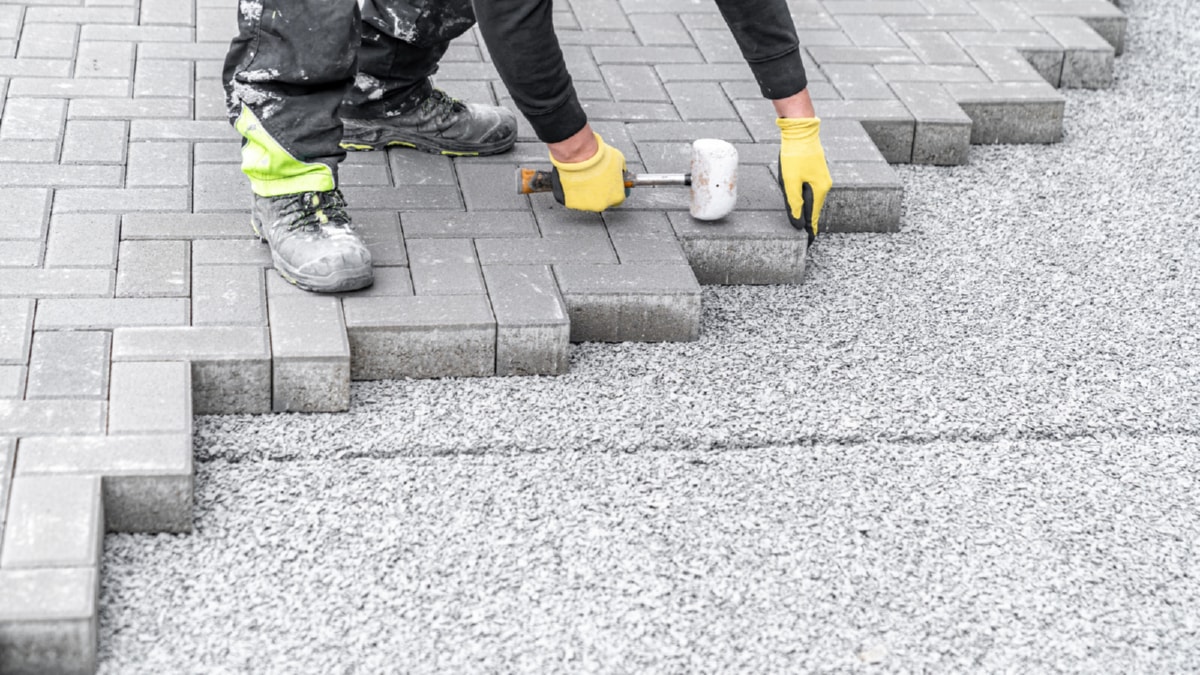The construction industry continues to evolve, and an increasingly prominent trend is the shift towards sustainable building practices, often referred to as green construction. This paradigm shift is not just a passing fad, but a comprehensive approach to building that considers environmental impact, energy efficiency, and human health.
Green construction is a broad concept that encompasses a variety of techniques and practices. It includes the use of eco-friendly materials, energy-efficient designs, and practices that minimize waste and pollution. The latest trends in green construction reveal an industry committed to reducing its environmental footprint and making our built environment healthier and more sustainable.
One key trend is the increasing use of sustainable building materials. These materials have a lower environmental impact compared to traditional materials, either because they are renewable, have a lower carbon footprint, or are sourced responsibly. For instance, the use of recycled steel, reclaimed wood, or bio-based insulation materials is on the rise. These materials not only reduce waste and the use of natural resources, but they can also improve a building’s energy efficiency.
Energy efficiency is another pivotal aspect of green construction. Buildings consume a significant portion of the world’s energy, and energy-efficient design and technology are crucial to reducing this consumption. This includes techniques such as passive solar design, which uses the sun’s energy for heating and cooling, and the integration of renewable energy systems, like solar panels and wind turbines. Moreover, advanced technologies like energy-efficient appliances, LED lighting, and smart thermostats are becoming standard features in green construction.
Water conservation is also a critical component of green construction. Innovative practices such as rainwater harvesting, greywater recycling, and the use of water-efficient appliances are becoming more common. These practices not only conserve water but can also significantly reduce a building’s water bills.
Another burgeoning trend in green construction is the focus on indoor environmental quality. This refers to the conditions inside the building, including air quality, lighting, thermal conditions, and acoustics. Green construction practices aim to create healthier indoor environments, for instance, by using low-VOC paints and finishes, improving ventilation, and maximizing natural light.
Lastly, green construction is increasingly incorporating the concept of resilience. With the growing threat of climate change and extreme weather events, buildings need to be designed to withstand these challenges. This can involve site selection, design techniques, and the use of resilient materials. For example, buildings can be designed to cope with flooding, heatwaves, or hurricanes.
In conclusion, the latest trends in green construction reveal an industry-wide shift towards more sustainable building practices. This shift is not just about reducing environmental impact, but also about creating healthier, more comfortable, and resilient buildings. These trends offer exciting opportunities for innovation and growth in the construction industry and hold the promise of a more sustainable future.
For more details, check best masonry services or visit their business listing here.



